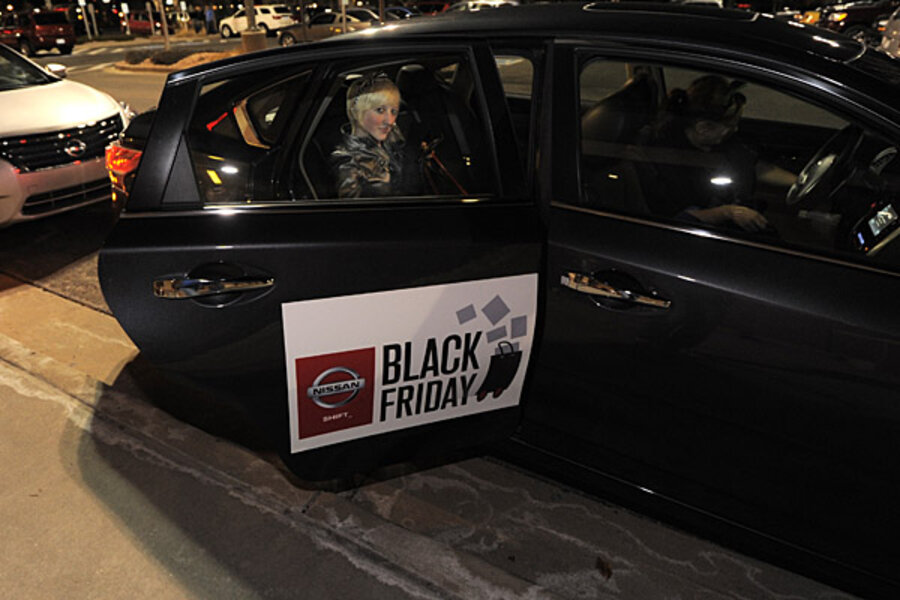Most popular used 2014 vehicles
Loading...
If you're in the market for a used car – whether you need to replace your current ride or want to give a recent grad a set of wheels for college – you know that demand for many models is high. Understanding which are the most popular could help you haggle and boost (or diminish) the resale value of your vehicle.
To provide some insight, we turn to CarMax, which has published its first-ever Used Car Shopping Report. The report is culled from data generated at over 130 CarMax locations across the US between March 2013 and February 2014. The company recorded the various makes and models that were test driven, as well as those that were sold.
Among all shoppers, CarMax says the Nissan Altima was the most popular vehicle in both test drives and sales. The Honda Accord, Toyota Camry, Ford Escape, and Honda Civic rounded out the top five model for test drives, and many of those were also found on the list of top-five sellers: Toyota Camry, Chevrolet Malibu, Honda Accord, and Honda Civic.
Perhaps the most noteworthy detail of the sales vs. test drives data is that the Ford F-150 pickup ranked sixth in sales, but didn't break the top ten in test drives. That suggests what many already knew: F-150 buyers are so loyal, some don't even bother with test drives.
Purchases by peers
Among Baby Boomers, sales rankings were similar to those of all shoppers, with the Altima coming in just behind the Camry. However, Boomers were also fond of crossovers, which those under 50 tended to eschew: the Ford Escape, Toyota RAV4, and Honda CR-V all landed in the top ten for Boomer sales.
Gen X, by contrast, was the only group to gravitate toward minivans, with the Chrysler Town and Country and the Honda Odyssey each proving popular. (Then again, perhaps that's not surprising for the 34-49 demographic, which are often raising young children.) GenX's top-ten list was also the only one to include the midsize Ford Edge.
Millennials, on the other hand, were the only demographic to purchase a pony car in substantial numbers: the Ford Mustang was the ninth-most-purchased model among 18-to-33 year-olds.
Asian brands dominate, but only slightly
CarMax points out that the mix of foreign and domestic automakers seems stable at the moment, with no group gaining or losing significant market share. However, that mix is tipped in the direction of Asian brands, and European models are nowhere to be found.
Among all shoppers, seven of the most frequently test-driven used vehicles were produced by Asian automakers, as were six of the most-sold vehicles. Interestingly, the least likely demographic to buy foreign were Millennials, who were evenly split between Asian and American models. Baby Boomers, on the other hand, were significantly more likely to lean Asian, with eight of their top ten purchases coming from Honda, Hyundai, Nissan, and Toyota.
Using this data
In Econ 101, we learned that prices are highest when demand is strong and supply is limited. Used car dealers know that vehicles like the Altima, Camry, and Accord are popular, and may be less happy to haggle over their selling prices. In that case, you'd fare better setting your sights on a vehicle with slightly less luster.
On the other hand, popularity can help a vehicle retain value. In the showroom, a poorly received or discontinued model may be priced to sell, but years down the line, when you attempt to trade it in, the dealer may be unwilling to give you what you think it's worth. That's not to say that you should turn up your nose at bargains or that you should avoid buying a car that you really like, even if others don't. But given the size of the investment than any car -- new or used -- represents, it's worth considering your return. Here are a few models you might mark off your list right from the start.





